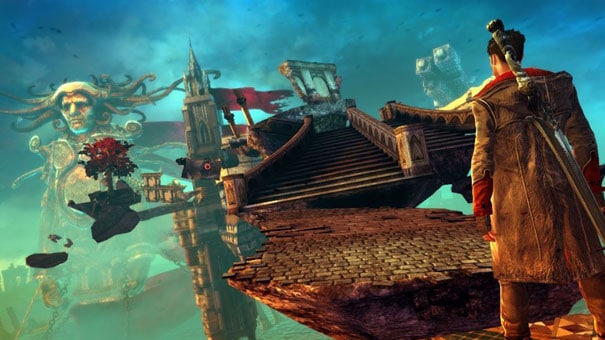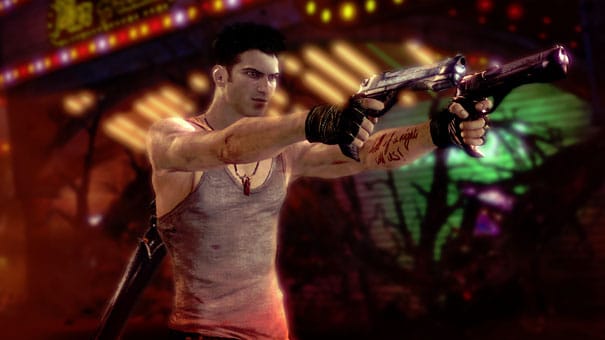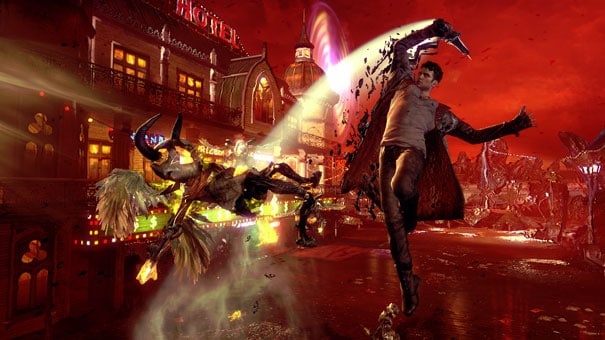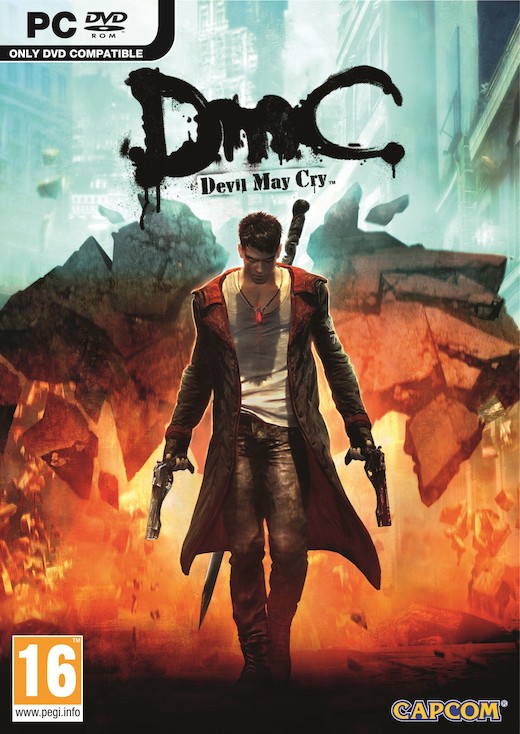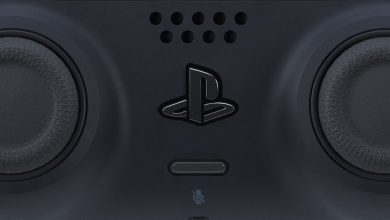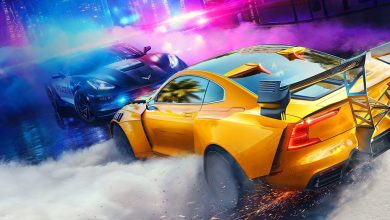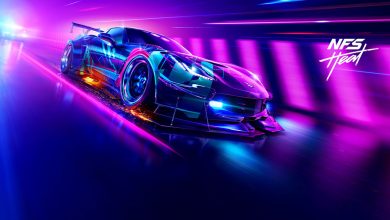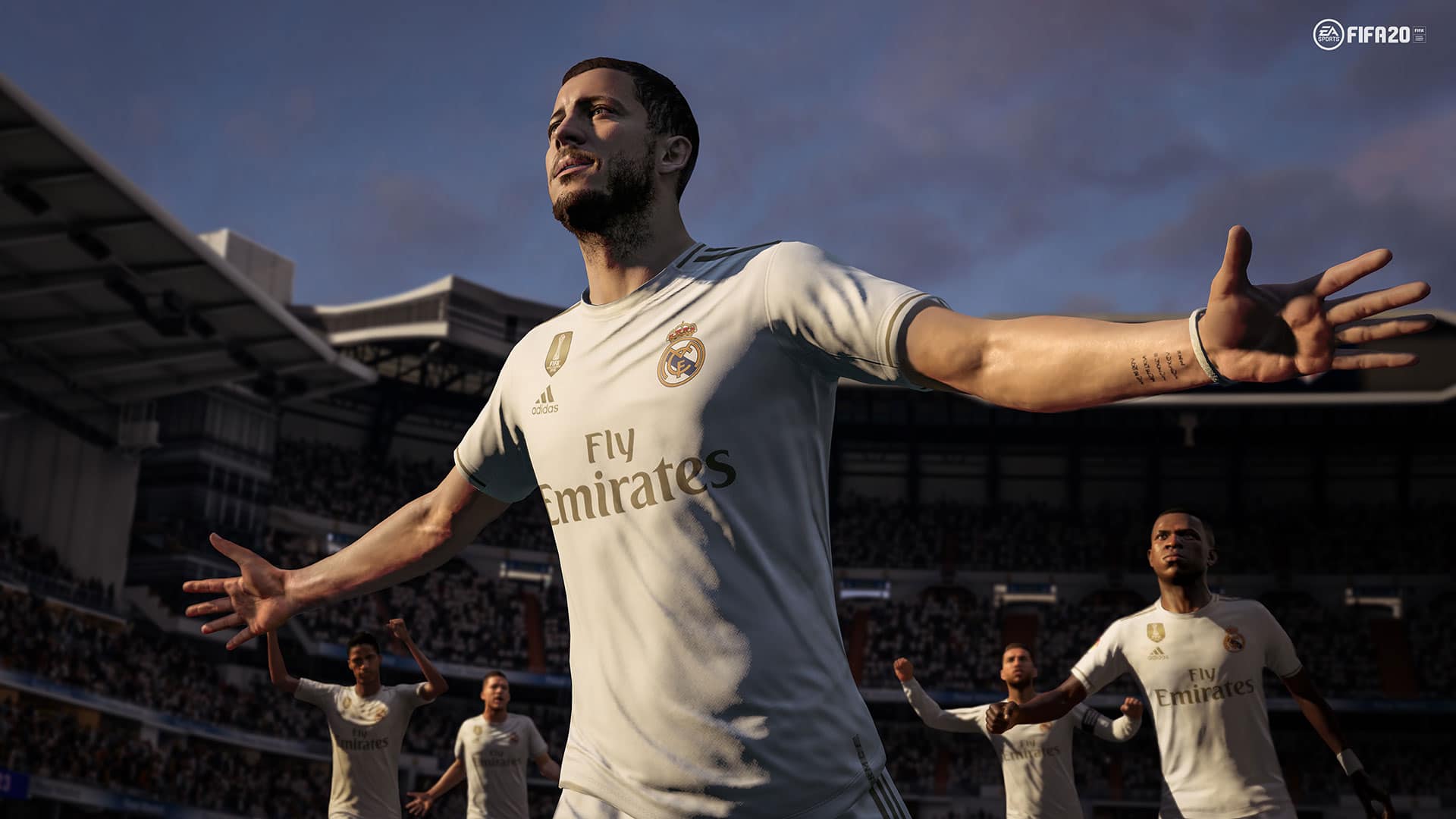If there’s one thing DmC has taught me, it’s that I should never judge a book by its cover, or in this case, by its effeminate-looking protagonist. It’s obvious that developer Ninja Theory is a huge fan of the series, and it has managed to capture the very essence of Devil May Cry in their ambitious reboot. An impressive feat, no doubt, for a Western developer, which is why I’d say, Devil May Cry fan or not, this reboot begs to be played by anyone who enjoys high octane action.
Being a reboot, DmC lays down the foundation of the Devil May Cry universe for newcomers. You are Dante, the cocky and arrogant protagonist who enjoys supernatural powers thanks to the Angel and Demon blood coursing through his veins. Like any self-respecting demi God, he spends his time slaying demons and procreating with the ladies. However, all that changes once he meets up with The Order, an organisation that’s hell bent on banishing demons from this world.
You see demons in DmC do not exist in plain sight. They exist in Limbo and it is only in Limbo that you can see them in their true form. Humanity has been enslaved by these demons and is ruled over by the demon head honcho, Mundus. Mundus also shares a rather turbulent past with Dante and upon learning of his involvement in humanity’s enslavement, Dante is ready to drop his frat boy lifestyle and work towards a just cause.
Dante has always been an arrogant character, spouting lines as he slaughters demons. He is, to a certain extent, that same person in DmC, but even though he looks like an emo kid, he’s quite sober and mature throughout the game. Ninja Theory has handled this transition rather well, and by the end of the game, you’re really rooting for the guy. Of course, there are times when he spurts some cringe-worthy dialogue, but it’s all good in the greater scheme of things. The story is largely predictable, but enjoyable nevertheless.
Gameplay is where Ninja Theory’s game really shines. Devil May Cry games have always been lauded for their fast-paced and diverse combat and DmC lives up to those high standards. Dante has access to some of his older weapons like his trusty pistols Ebony and Ivory, and Rebellion, his sword, but at the same time, he’s got a whole new repertoire at his disposal. Using just a few keys/buttons, players can switch between ranged and melee attacks on the fly, unleashing devastating combos upon enemies. Like older games, you’re graded on your performance depending on how varied your combos are. The higher the rating, the more orbs you earn, allowing you to deck out Dante’s abilities as well as his arsenal. Dante’s tools of destruction are gradually bestowed upon him after traversing certain levels or slaying particular bosses, but about half way through the game, you’ll have access to your entire arsenal, ready to cause some serious damage.
The frantic action has been broken up by platforming segments that tend to overstay their welcome at times. Most of the time, it’s simple stuff like ‘swing here’ or ‘double jump to climb that high ledge’, but then you’ll suddenly have a timed section, where you have to swing, double jump, move obstacles so you can jump further, pull certain objects towards you so you can land on them, and your fingers will just spaz out. The game also tends to enter a predictable rhythm, where you platform a bit, fight a bit and rinse repeat that pattern for a few levels till a boss fight occurs.
What prevents boredom from setting in, besides the enjoyable combat of course, is the game’s art style and level design. Every time you enter Limbo, the real world is ripped apart and turned upside down in real time. Roads are torn apart to make way for demonic structures, while other parts of the environment are ripped from their very foundations for Dante to platform on. It may not sound like a lot on paper, but I was impressed every single time this happened (the art department in this game should really take a bow). Another aspect of gameplay that keeps things fresh is that certain enemies can only be defeated with particular weapons. This makes sure players use all the tools at their disposal instead of grinding through the entire game using just one weapon.
Brutal boss fights, something Devil May Cry games are lauded for, have been toned down significantly in this game. My first playthrough was on Normal difficulty and even though I’m not very good at hack and slash games, I didn’t die during a single boss fight. In fact, some of the gauntlets that occur before these boss battles are tougher than the grand altercations themselves. The bosses are impressive in scope and taking them out is a visually impressive feat, but it all boils down to dodging their attacks and hitting them while their guard is down.
In fact, DmC as a game is extremely forgiving and as crazy as this sounds, this could be a turn off for some of the hardcore fans. Of course, you could always play the game in a higher difficulty off the bat, but even that isn’t much of a challenge. I personally am quite happy with Ninja Theory’s decision to make the game this accessible as I don’t really have the time to spend hours on a single, frustrating boss fight. Even platforming is quite forgiving and if you die because you mistimed a jump, you’ll start from the exact same spot you left off.
Conclusion
DmC is a stellar reboot from Ninja Theory and is every bit worthy of the famed Devil May Cry moniker. The pace can slack at times and you may find the game very mechanical in the way it progresses, but it delivers terrific set-pieces and balls-to-the-wall action by the truckload. The art style is phenomenal and is complemented well by the game’s twisted and captivating level design. Forget the disappointing and misleading trailers; DmC is the real deal and you definitely should play it.
Test PC:
- Motherboard: Intel DP67BG Extreme Desktop series
- Processor: Intel Core i7 2600K @3.40 GHZ
- Graphic card: Nvidia Geforce GTX 590
- Ram: Corsair Vengeance 4GB DDR3 @ 1600 MHZ X2
- Power supply: Cooler Master Silent Pro Gold 1200W
